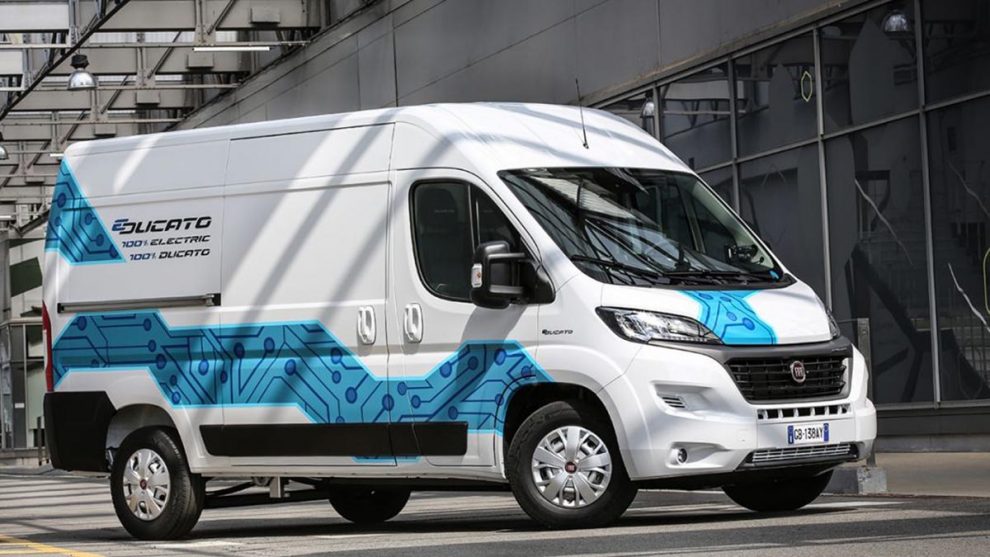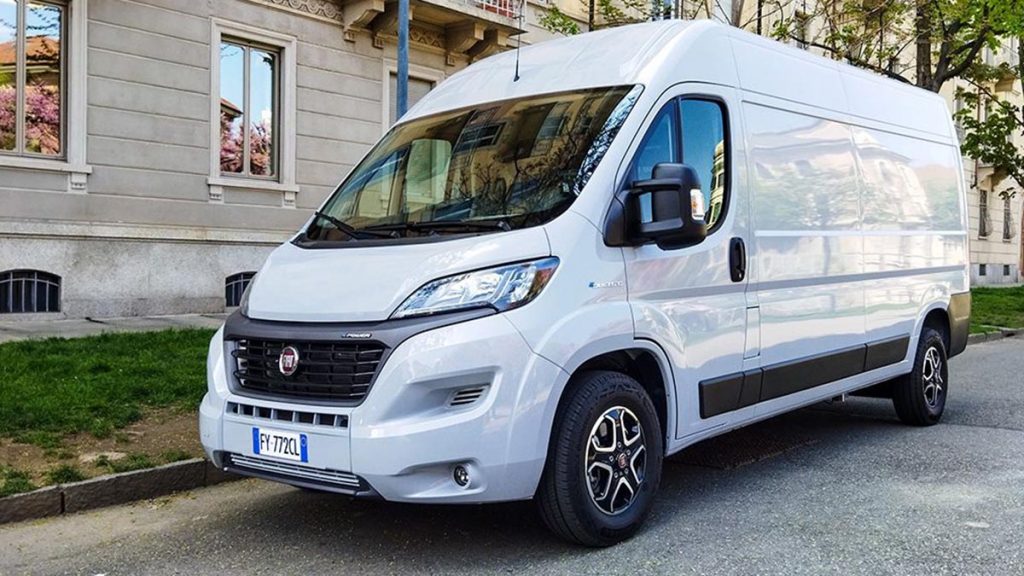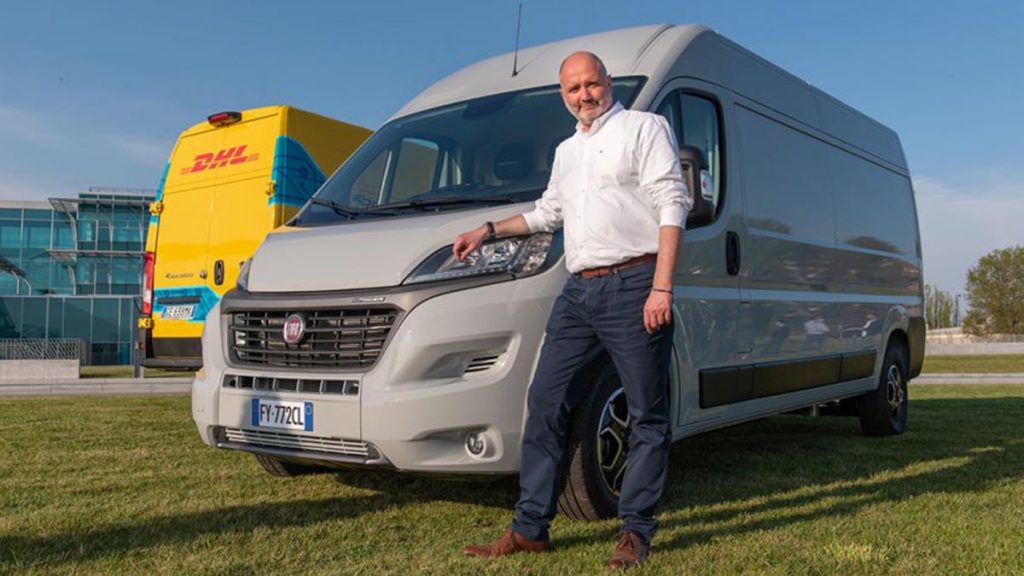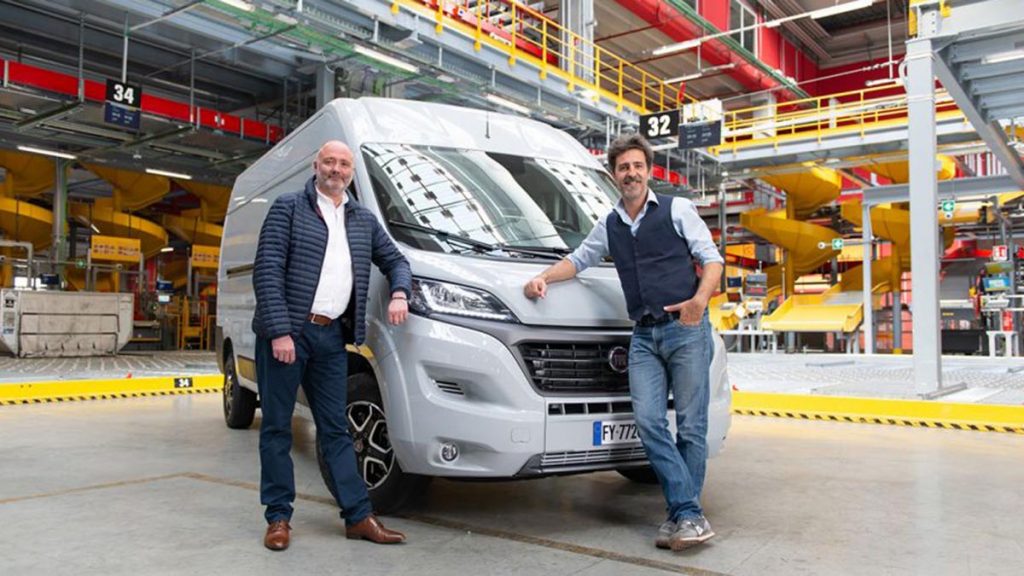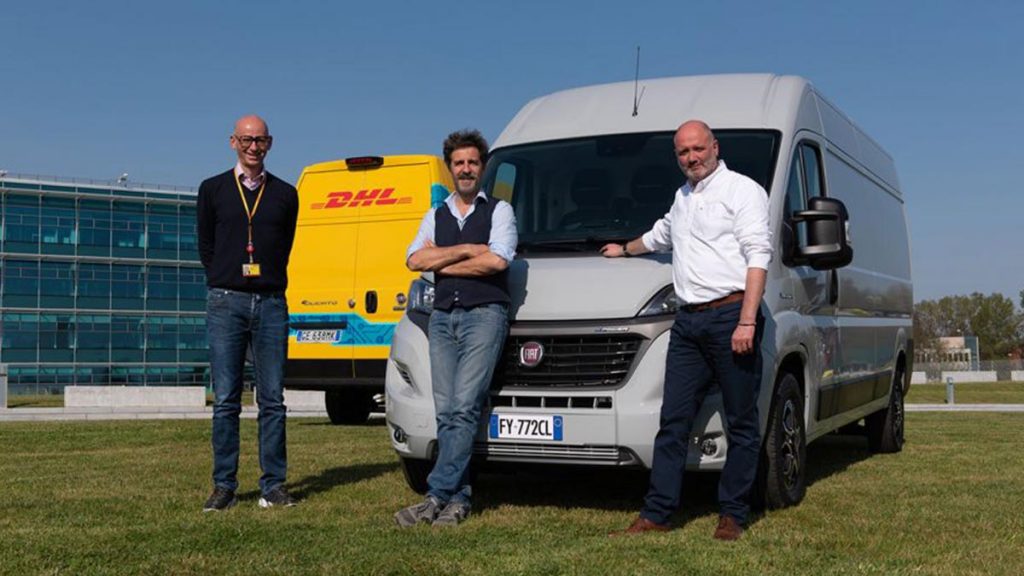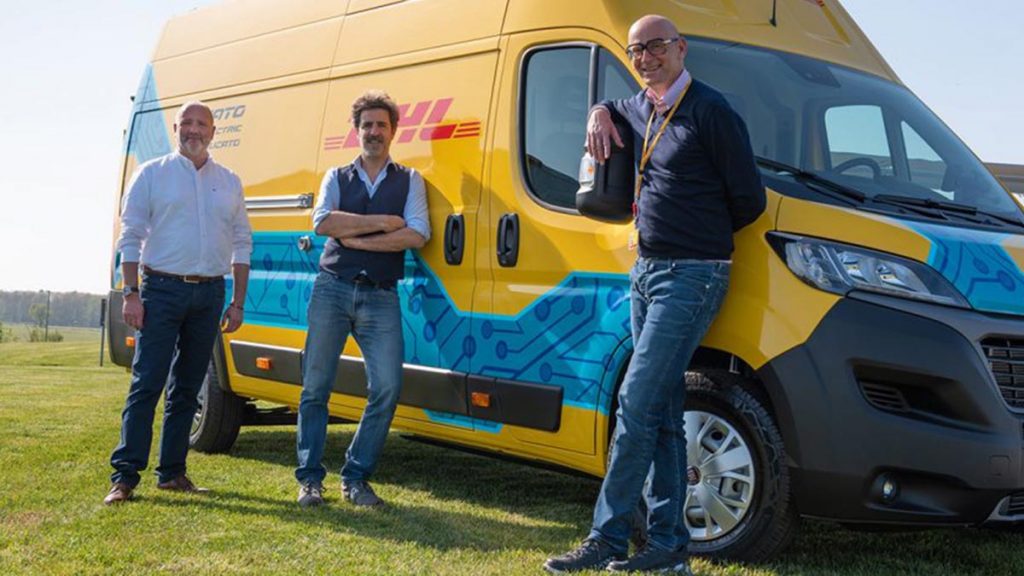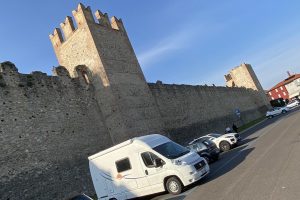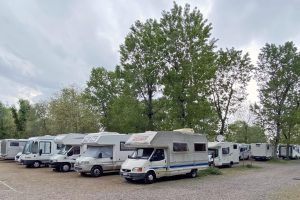May 2, 2021 – Designed by professionals for professionals. This is the common thread of the new e-Ducato, the electric version of the Fiat Professional van. We had already talked about electric vans months ago, but times have lengthened a bit and this vehicle has become a reality that can only be purchased today. In the meantime, however, Fiat has certainly not remained idle: it has continued with tests and the development of a vehicle that represents a turning point for door-to-door deliveries. For the world of recreational vehicles, however, we will have to wait, because the needs are very, very different and cannot be separated from autonomy and weights. In the meantime, however, a fundamental “tile” has been laid.
Fiat Professional worked closely with DHL. “We signed a memorandum of understanding with DHL for the e-Ducato, but we started working together much earlier: five years ago,” said Eric Laforge, Head of LCV at Stellantis. “In two years of development, 50 million kilometers have been covered for an optimal development of the product”.
“We are now moving from testing to operational,” says Thore Meurer, DHL Express Senior Director Fleet Management. “The e-Ducato has been used in all weather conditions and is now ready to support us on our path towards sustainability. We want to have 60% zero-emission vehicles by 2030”.
Domenico Gostoli, Fiat Professional Electrification Programs Manager, argues that this “uncompromising approach is just the beginning of the game“. The challenge is to maintain the leadership that has been built over 40 years and become the benchmark in the world of electric light commercial vehicles.
Same dimensions and capacity up to 2 tons
The e-Ducato is available in all the sizes provided for the standard Ducato, which can be extensively customized, up to about 400 different versions. The body is produced in the Italian Sevel plant in Atessa, from where the Fiat Ducato, Citroën Jumper and Peugeot Boxer come out, while the so-called “electrification” is carried out in Mirafiori, Turin. At the load level, versions from 10 to 17 cubic meters can be chosen, thanks to the positioning of the batteries under the floor, while the maximum capacity reaches up to 2 tons.
From an electrical point of view, the vehicle is equipped with an engine with a power equivalent to 122 horsepower/90 kWh and offered with 2 different batteries: 47kWh divided into three modules offering a maximum range of 235 kilometers (based on the WLTP city cycle) or 79kWh in five modules for a maximum of 370 kilometers. The possibility of continuing to operate in Recovery Mode even in the event of a fault in one of the modules is interesting: the chances of remaining on foot are almost zero. The warranty on the batteries is up to 10 years.
4 charging modes
The maximum torque reaches 280 nm, while in acceleration the e-Ducato reaches 50 kilometers per hour in less than five seconds. Fiat’s goal was to offer performance comparable to that of the diesel versions. There are 4 charging modes, guaranteed by 7 and 22 kW alternating current chargers and a 50 kW direct current charger. With the latter, half an hour is enough to accumulate 100 kilometers of autonomy.
If for recreational vehicles we are still far from a solution capable of satisfying the needs of those who go on vacation, on the commercial front the weak point is the price. Fiat Professional declares that currently, thanks to the Italian state incentives, you can start from around 42,700 euros + VAT (which are still a lot), but trying to configure an L2 (599 cm) H2 (medium roof) van and adding some now indispensable optional reaches over 60,000 euros, always excluding VAT and taking advantage of offers/incentives: the price list exceeds 80,000 euros!
© 2021 seimetri.it – If you want to leave a comment on this article, you can do it on our Facebook page











